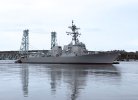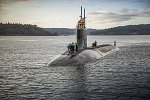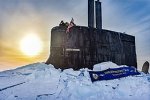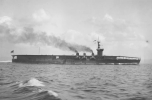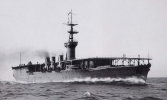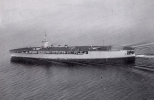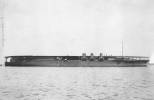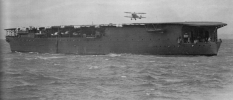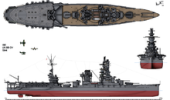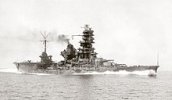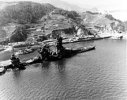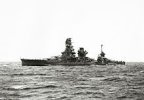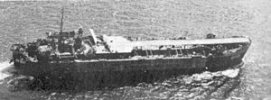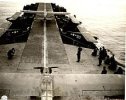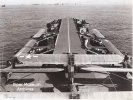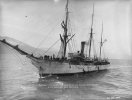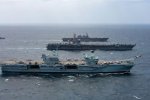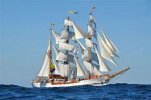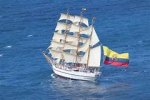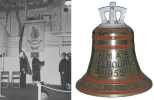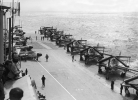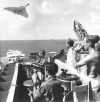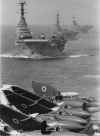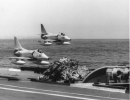This was in the news yesterday: Marines might be flying the F-35 off of the Kaga and the Izumo.
https://news.usni.org/2019/08/23/ma...ing-u-s-f-35bs-off-of-japans-largest-warships
After seeing that, I went back and checked a few more items to see how that class of ship compares to others in regards to hangar space.
According to wikipedia and google:
Queen Elizabeth class (UK): 55,990 sq ft (509' x 110')
Izumo class (Japan): 44,000 sq ft (550' x 80')
Cavour class (Italy): 30,360 sq ft (440' x 69')
America class LHA (US): 28,142 sq ft
Wasp class LHD (US): 18,745 sq ft
That still leaves out aviation fuel storage and other items such as deck strengthening and heat resistance, but it was an interesting metric.

VIDEO: Japan’s Largest Warship Launches U.S. Marine F-35s; First Fighters to Fly from Japanese Ship Since WWII - USNI News
KUALA LUMPUR – Two Marine Corps F-35B Lighting II Joint Strike Fighters took off and landed on Japan’s largest warship, JS Izumo (DDH-183), on Oct.3, marking the first time that fixed-wing aircraft have operated off a Japanese warship since World War II. The two F-35Bs from the “Bats” of Marine...

